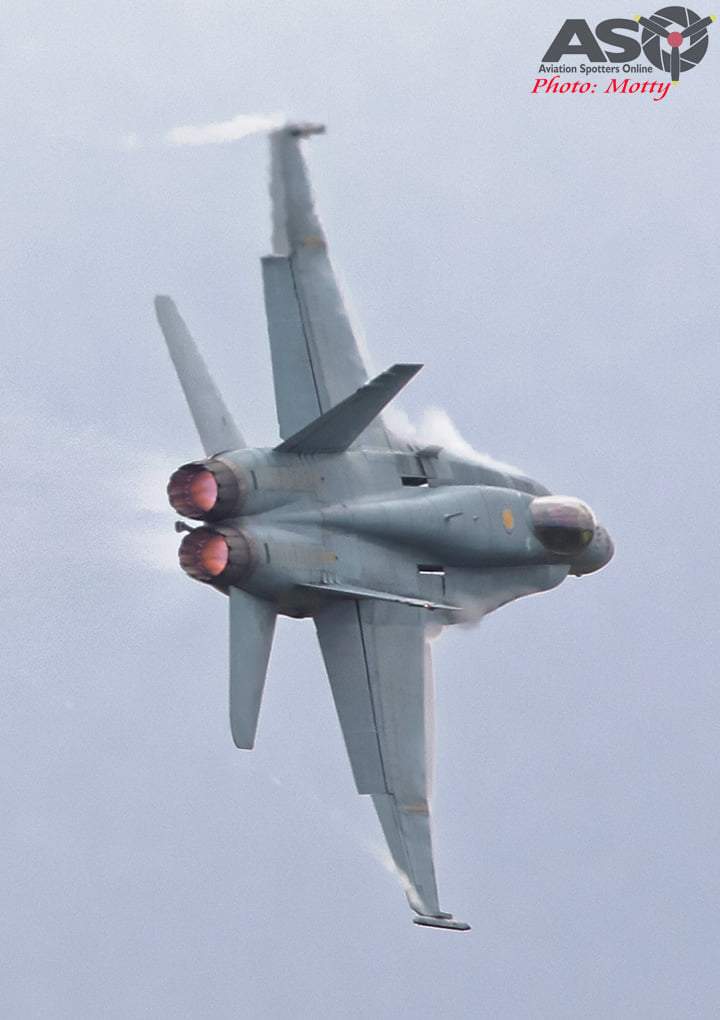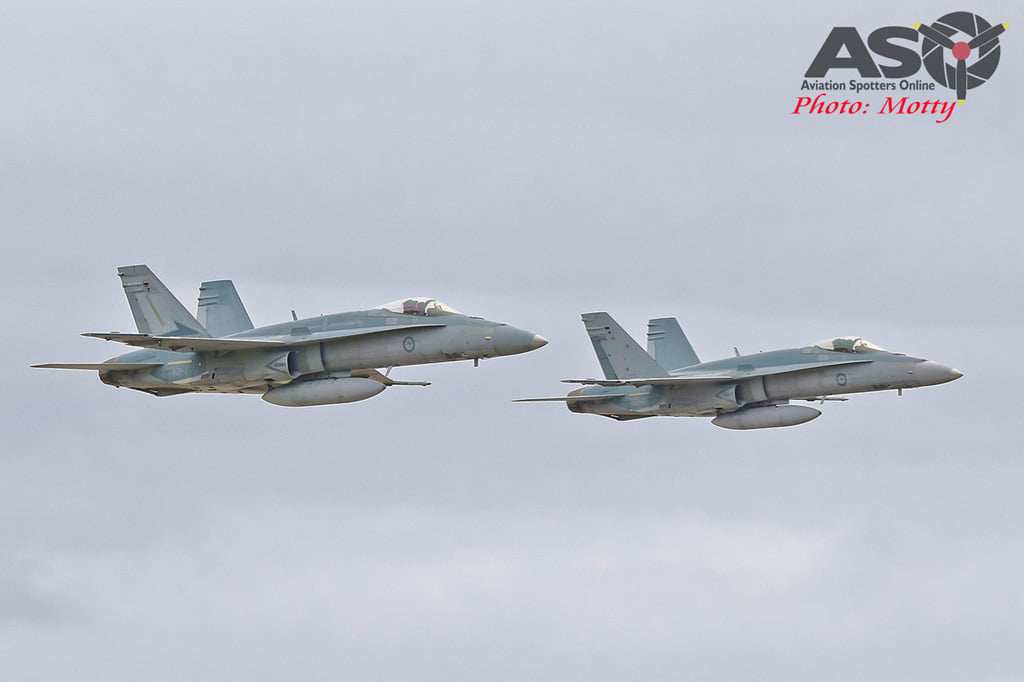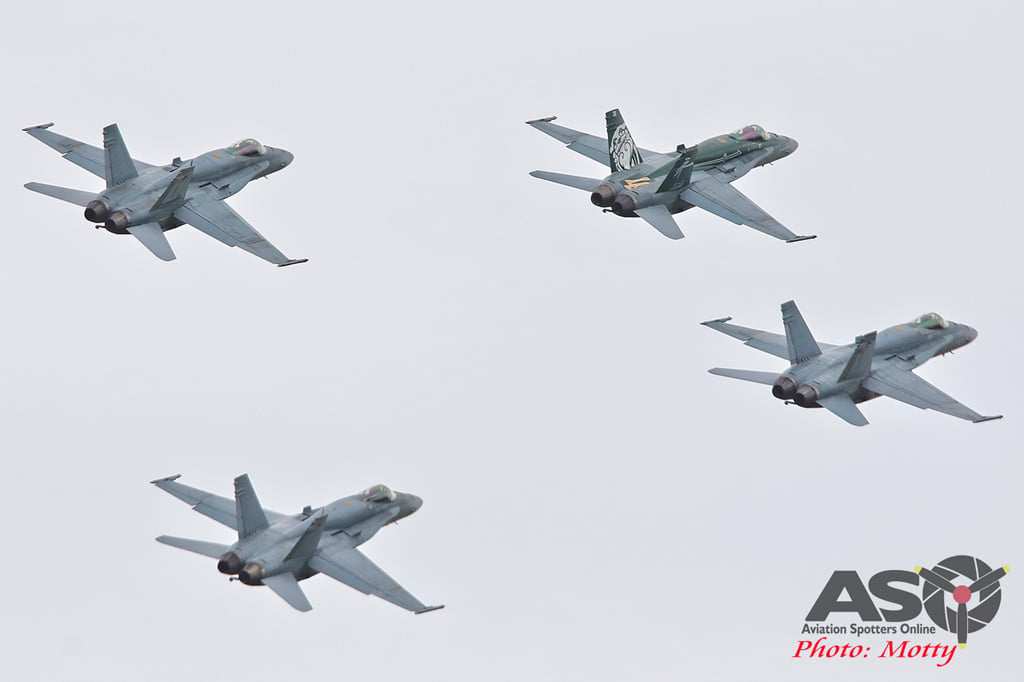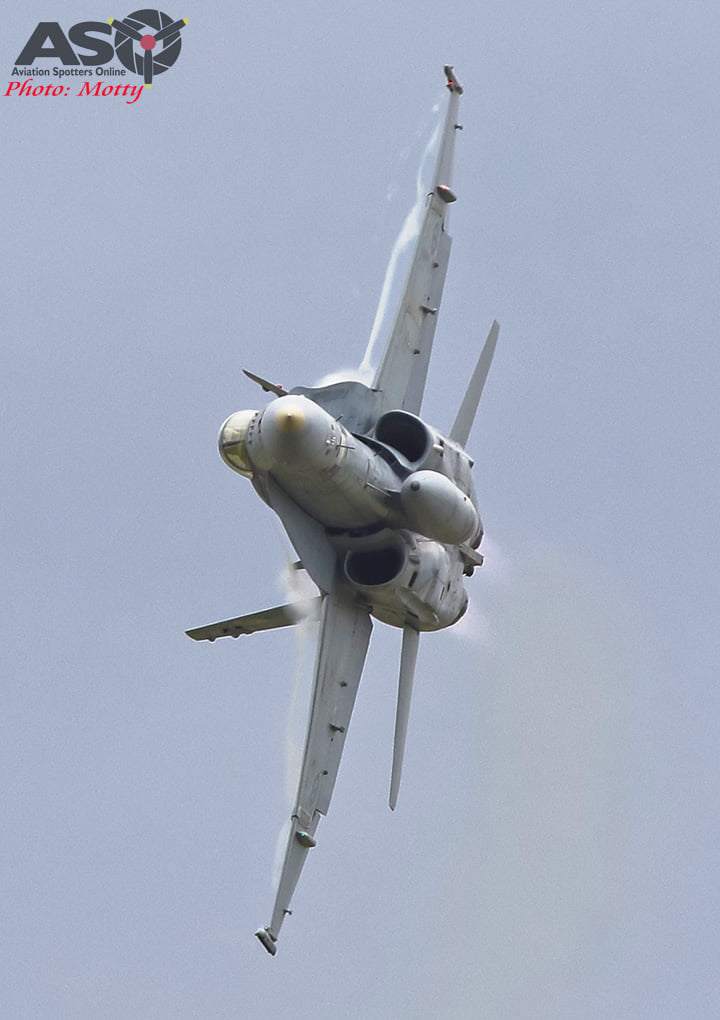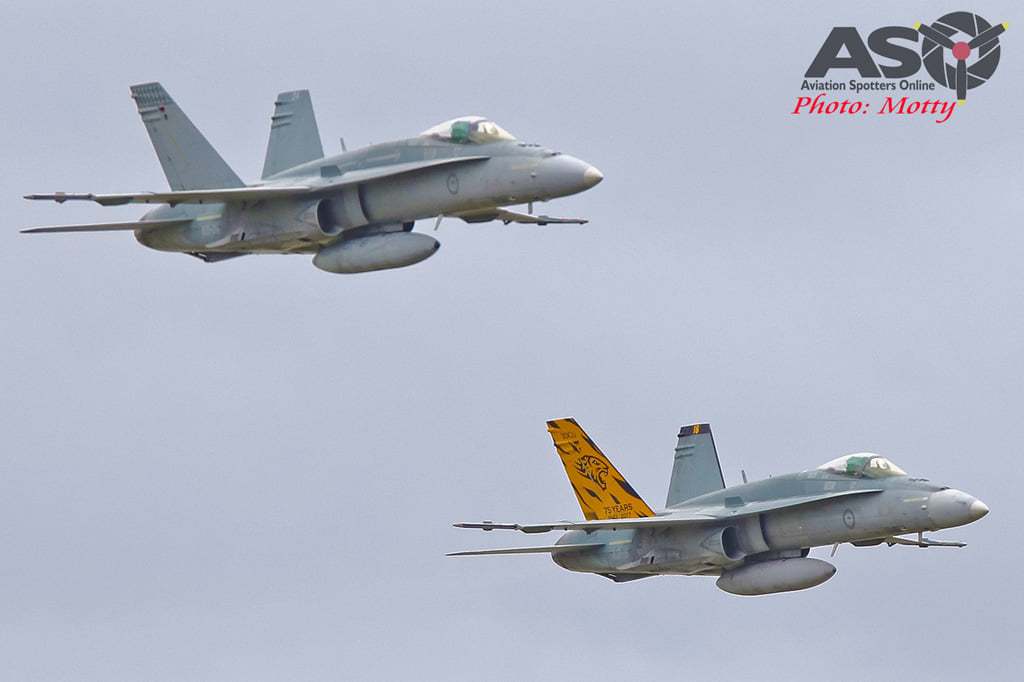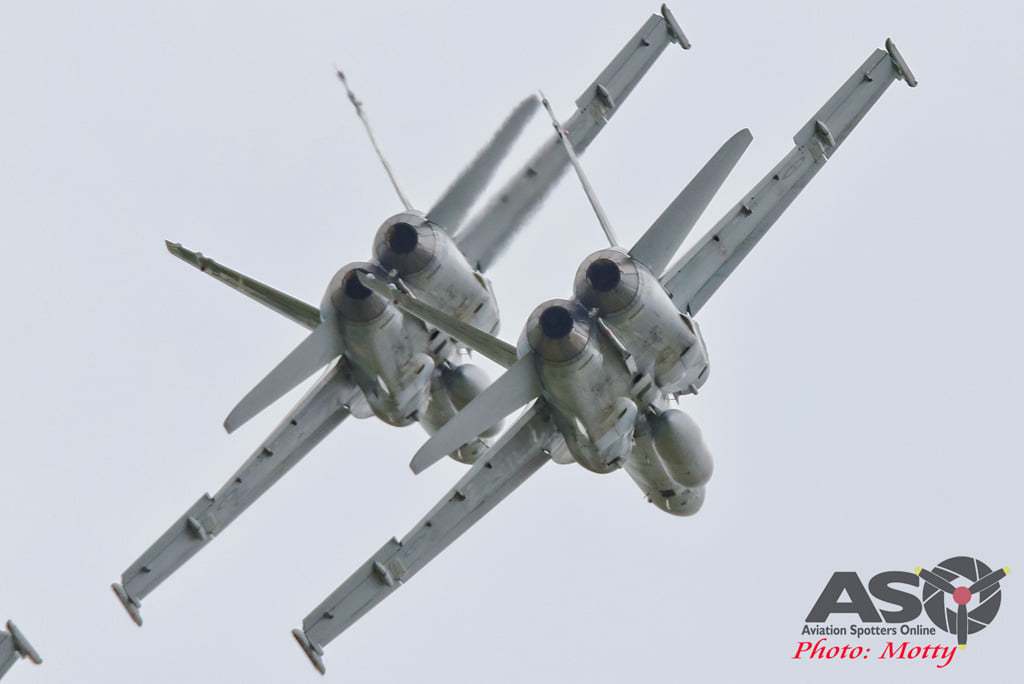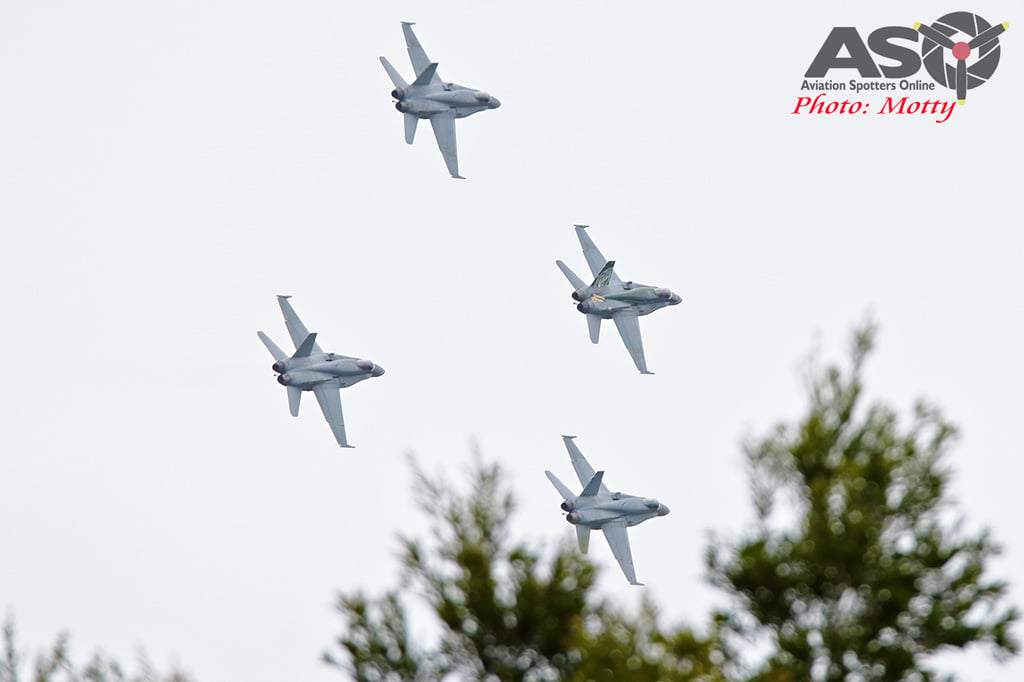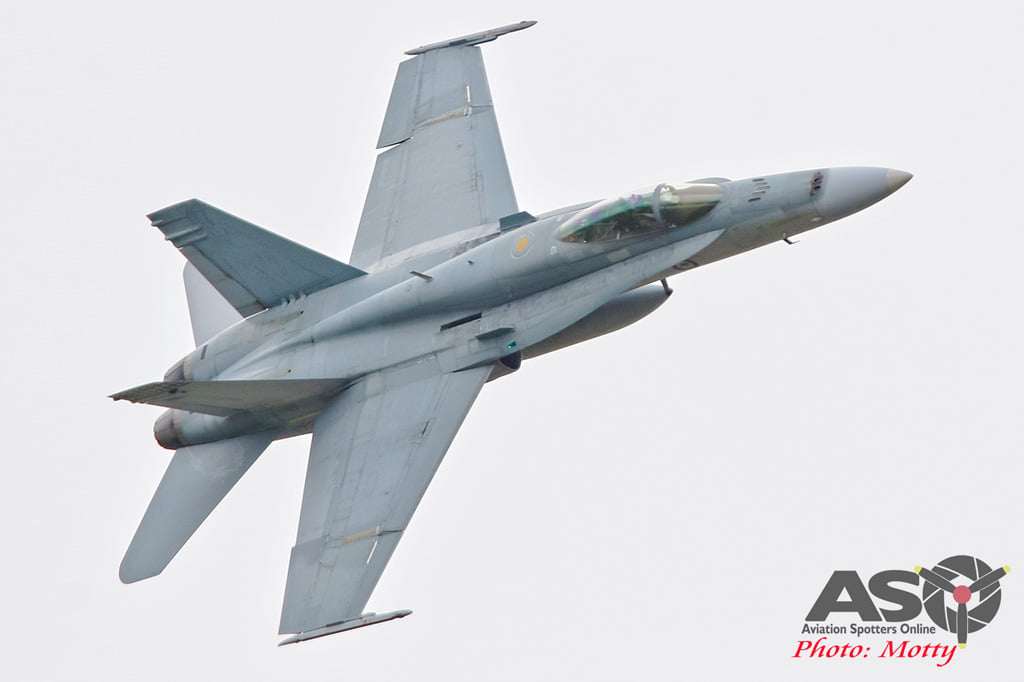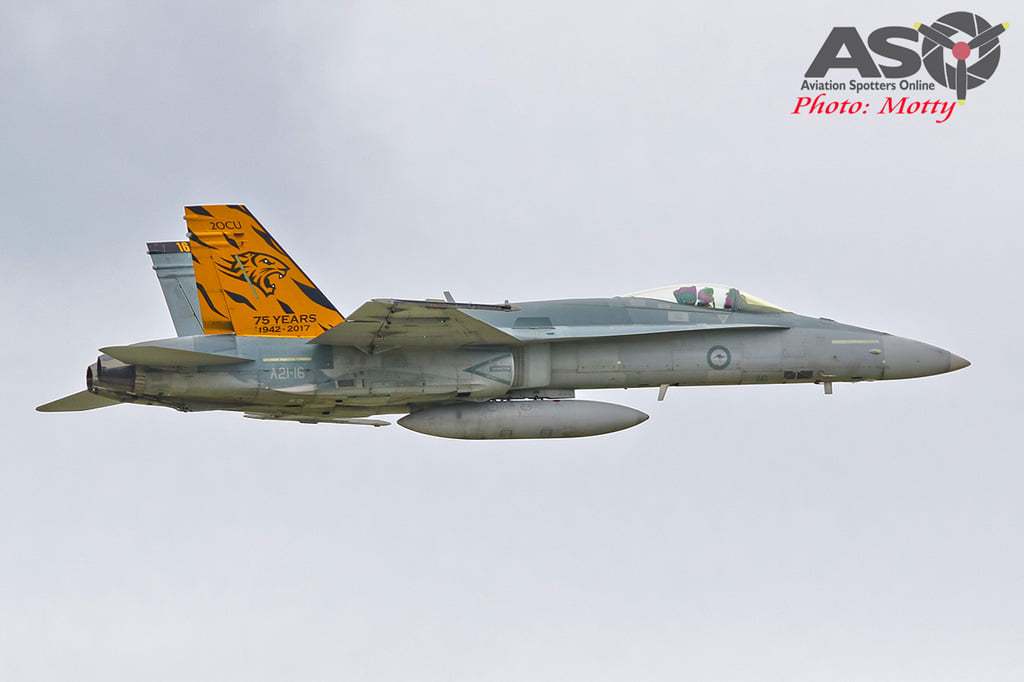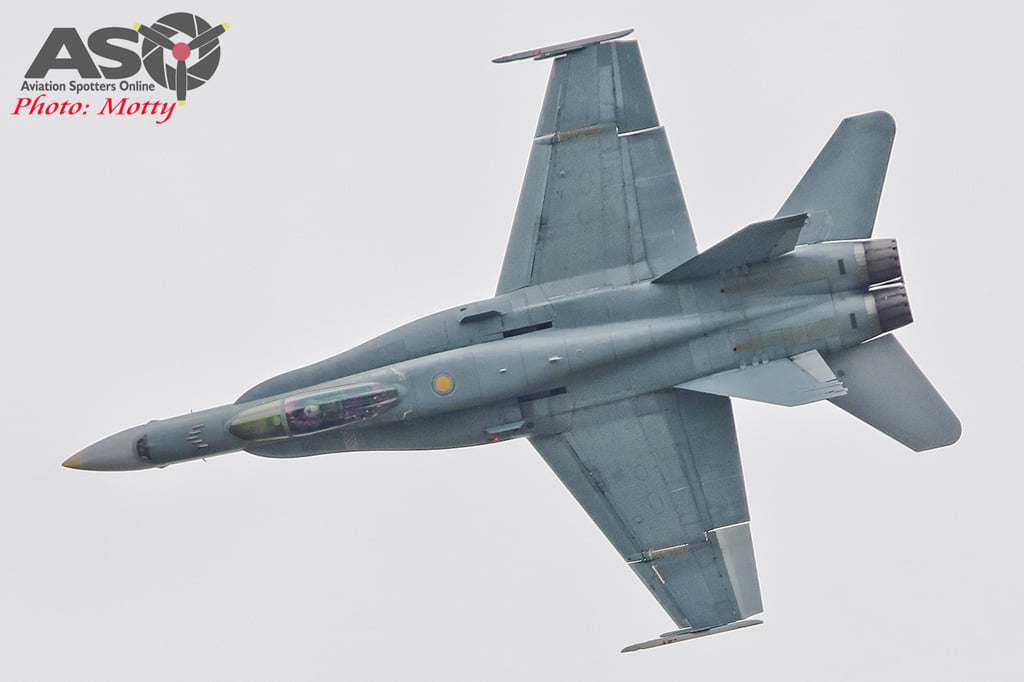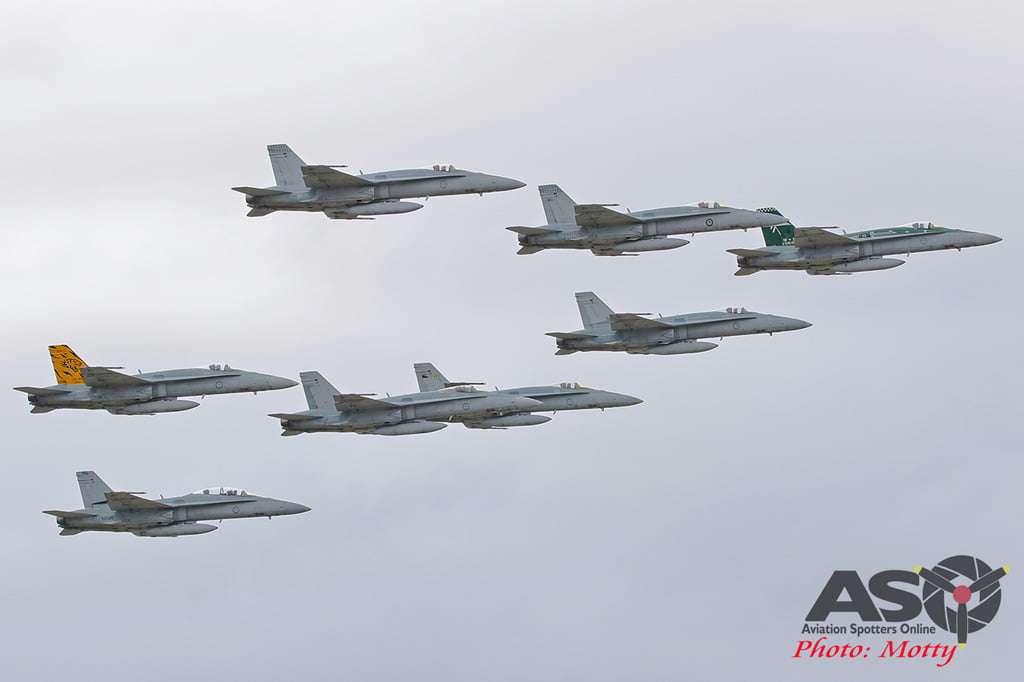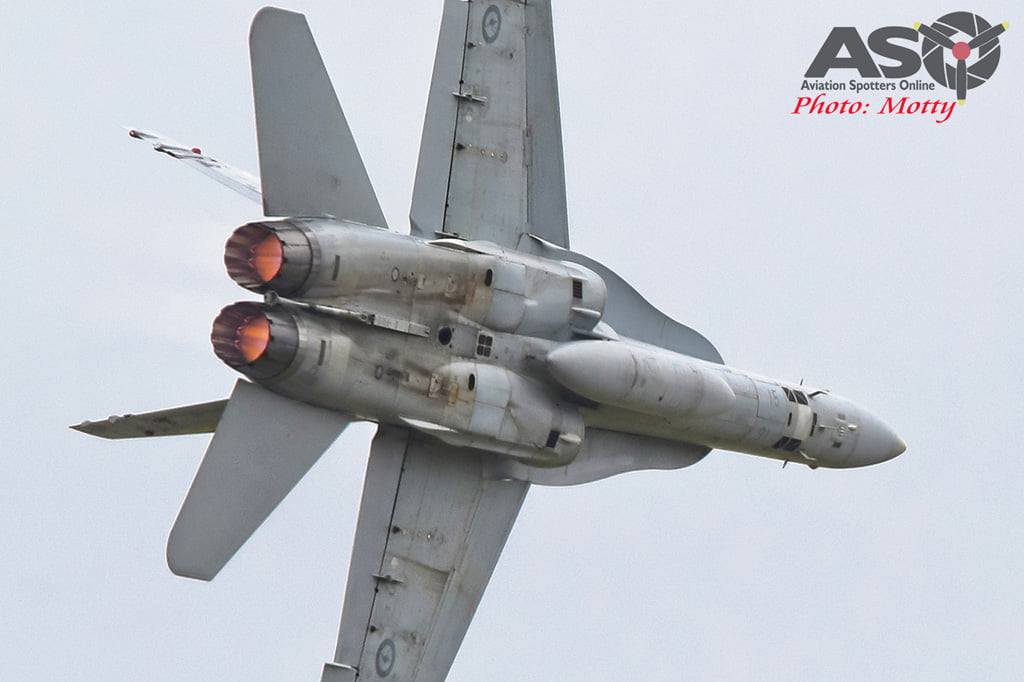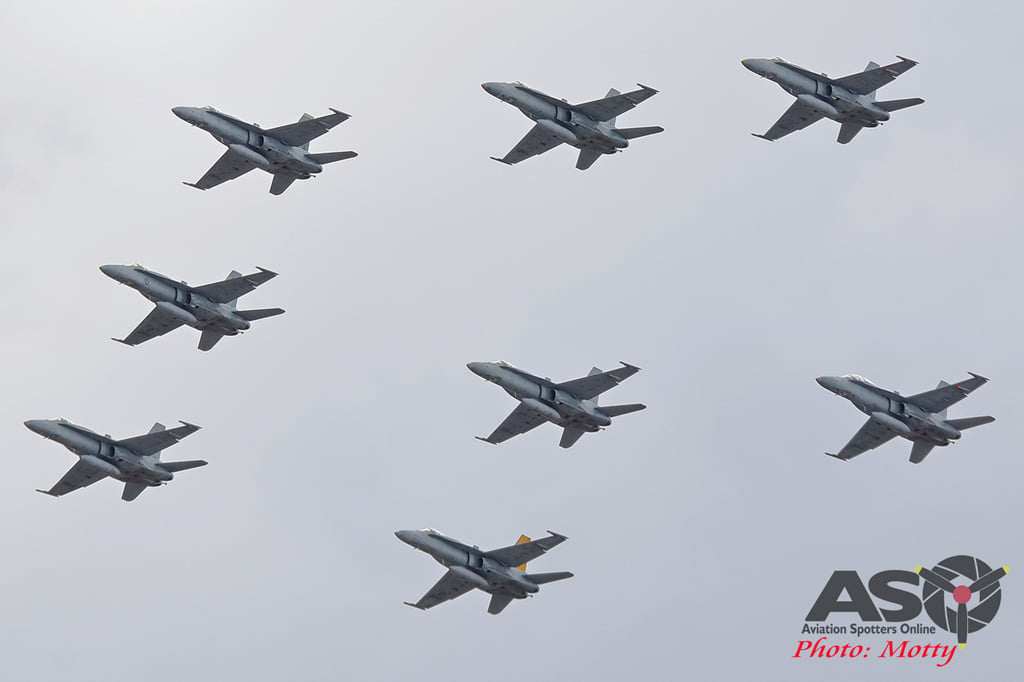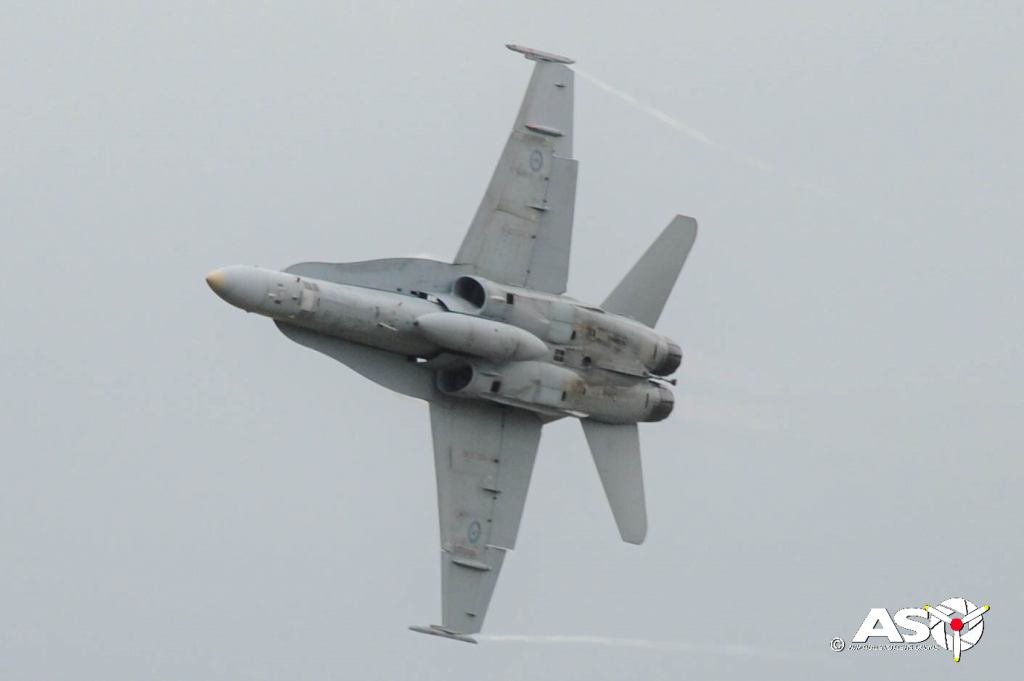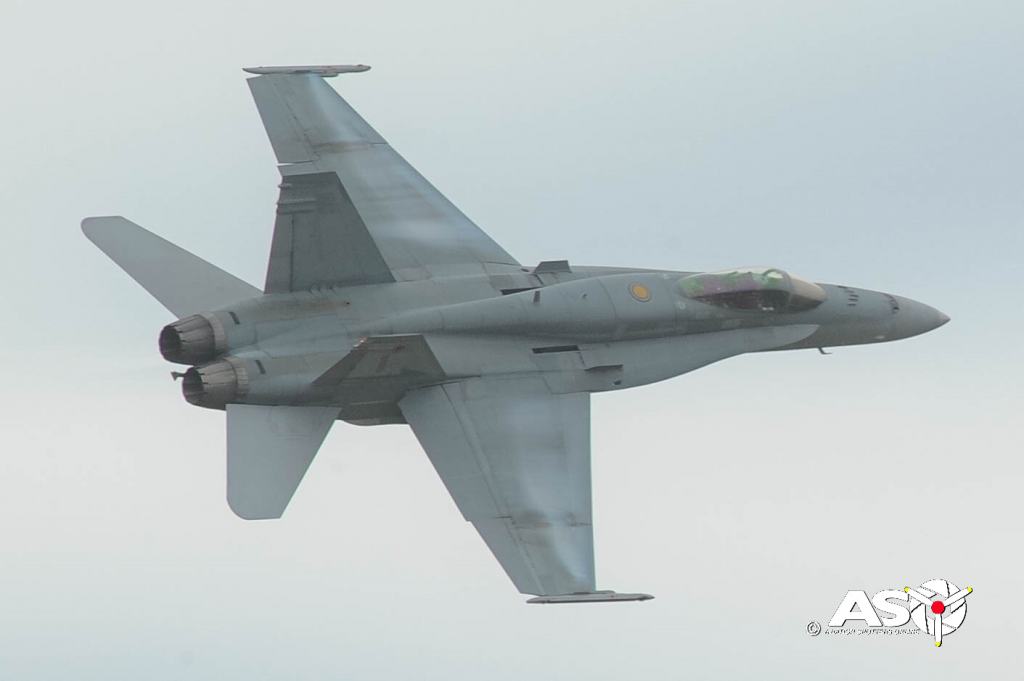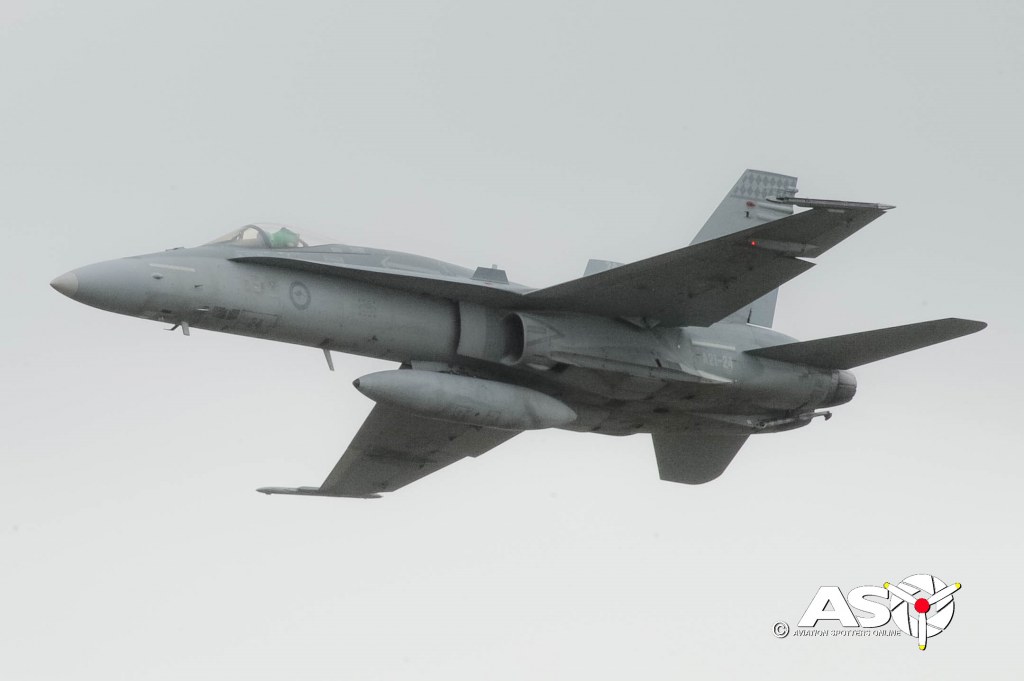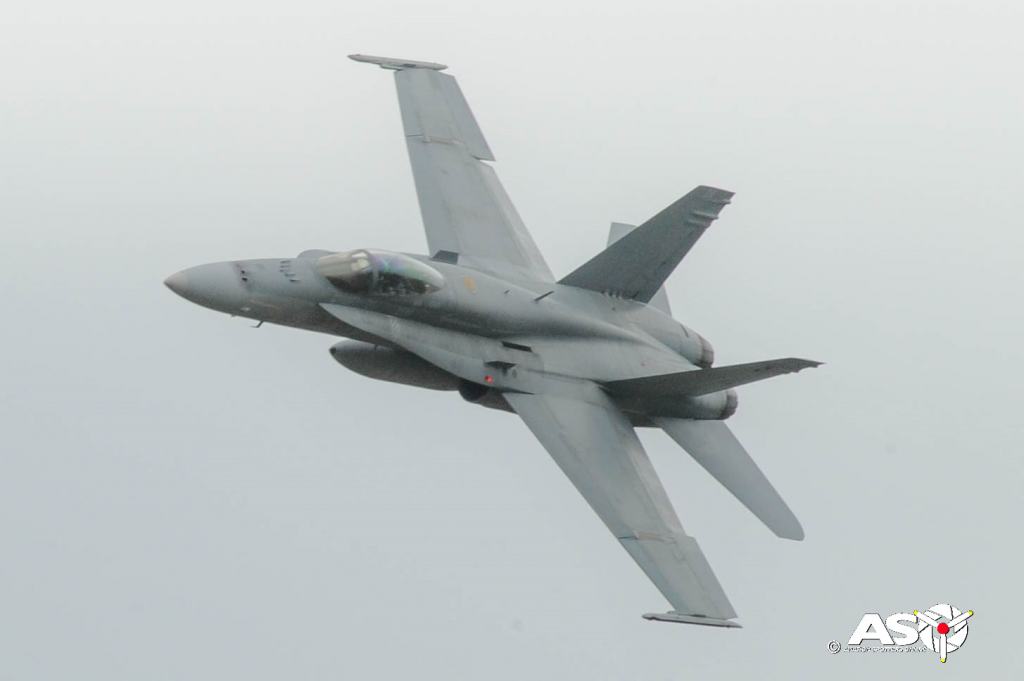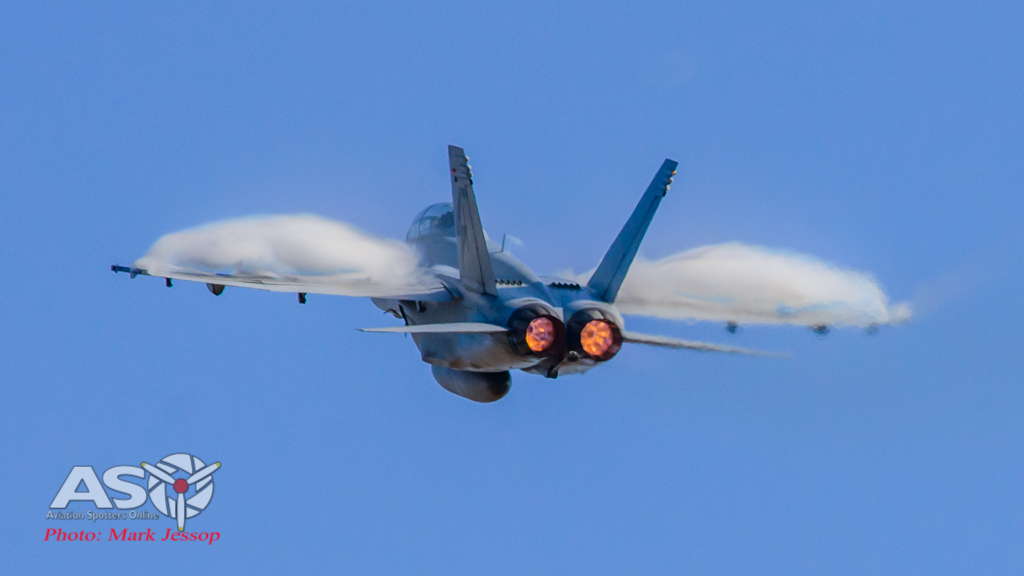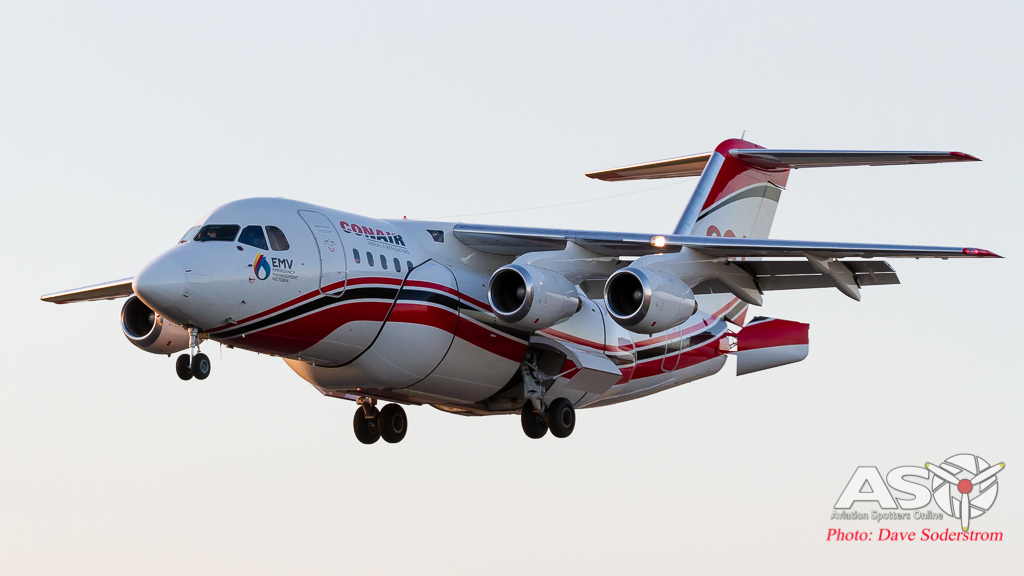
Friday, December 11 2020, 77 Squadrons last dance with the ‘classic’ Hornet.
Ever since I was a young kid I’ve always loved aviation, and none more so than military aircraft. Growing up in the western suburbs of Melbourne was fantastic, as our home was situated under many major flight paths, including Melbourne and Essendon Airports, the RAAF Bases of Laverton and Point Cook, general aviation in and out of Moorabbin and surrounding local airfields, and Avalon.
If any of you are familiar with Avalon, it’s probably more than likely you’ve ventured out for the Australian International Airshow which has been held there since 1992. 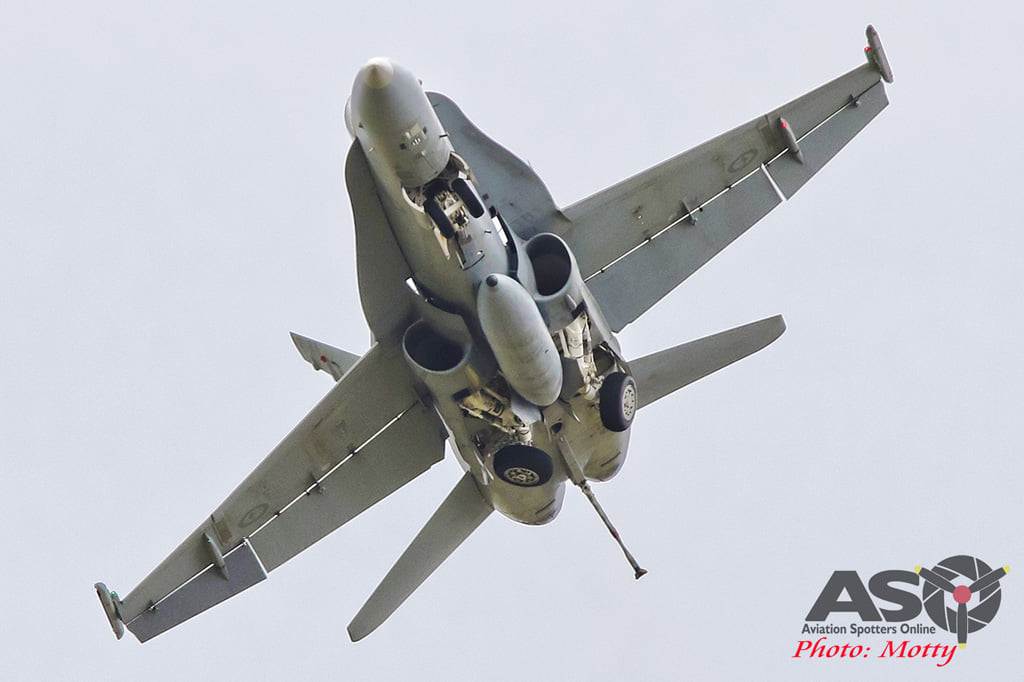
Avalon Airfield has been home to Australian aircraft manufacture since 1953, and as it was known then as the Government Aircraft Factory. Growing up the RAAF operated the Dassault Mirage III, which in its day was a very formidable fighter/interceptor. Towards the late 1970s and early 1980s, the RAAF was searching for a new breed of fighter to rule the skies and protect Australia. After much debate, the McDonnell Douglas F/A-18 hornet was chosen, with 75 aircraft ordered, and the deal called for Australian input including manufacture, and final assembly to be carried out at Avalon Airport.
1985 witnessed the first pair, F/A-18B’s A21-101 and 102, fly direct from the United States to RAAF Williamtown, with much fanfare and excitement. Now, back to my time growing up. As Avalon was situated near Geelong to our west, and RAAF Laverton and Point Cook to our South, we constantly had military aircraft flying over at low level and high speeds, which to us kids growing up, loved it.
My love for the Hornet started after receiving a few brochures from RAAF Public Relations back in late 1984 with images and artist impressions of the aircraft, and after the first Australian assembled F/A-18B Hornet (A21-103) took off from Avalon on its first flight, it was front-page news on Melbourne’s local Herald Sun newspaper, so the fire had been lit, and the Hornet was certainly getting my attention.
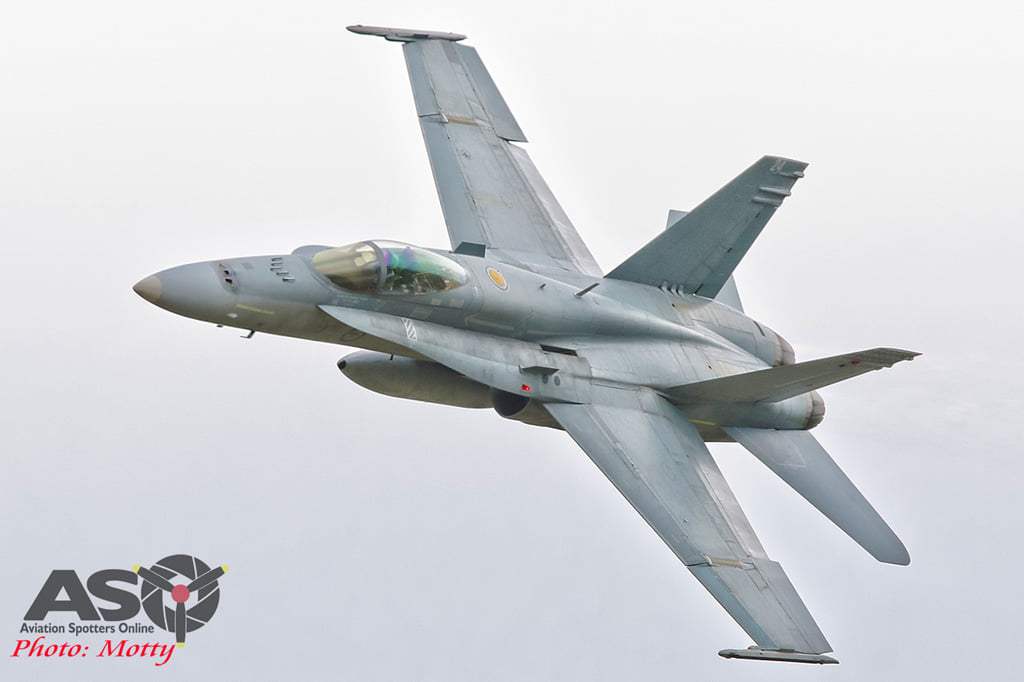
So it wasn’t long before Hornet’s where ready for test flights out of Avalon, and the first time a Hornet buzzed our home is a memory I still keep. I wasn’t long home from High School, was in Year 7 at the time, and most afternoons you’d have aircraft in and out of Melbourne airport, but this afternoon there was a sound, a sound of air being sucked in at an incredible rate, creating a howl, and I knew straight away, something quick was approaching.
As I ran out the front door, there it was, flashed over at a low altitude, the Hornet had arrived, and what an impression it left on me. I quickly scaled the side fence behind our garage and waited patiently on the roof to try and catch a glimpse of it, then 15 or so minutes later, it reappeared at a much slower speed and slightly higher altitude towards RAAF Laverton, wherein the distance, you could see the Hornet wheeling in the sky above the base.
 So, what has this got to do with 77 Squadron you ask? Well, I as many of you out there, have over the past year or so, been slowly watching the Hornet fleet, bit by bit dwindle away in favour of the new and stealthy, 5th generation Lockheed Martin F-35A Lightning II, that is re-equipping the RAAF’s front line fighter squadrons.
So, what has this got to do with 77 Squadron you ask? Well, I as many of you out there, have over the past year or so, been slowly watching the Hornet fleet, bit by bit dwindle away in favour of the new and stealthy, 5th generation Lockheed Martin F-35A Lightning II, that is re-equipping the RAAF’s front line fighter squadrons.
I was privileged last year to witness the final 2OCU conversion course and return to Williamtown, and when news came that 77 Squadron was going to put on some commemorative flyby’s etc, I knew that I had to see and witness history, as the Hornets would in a sense, finally leave their home, The Hornets Nest that is RAAF Williamtown.
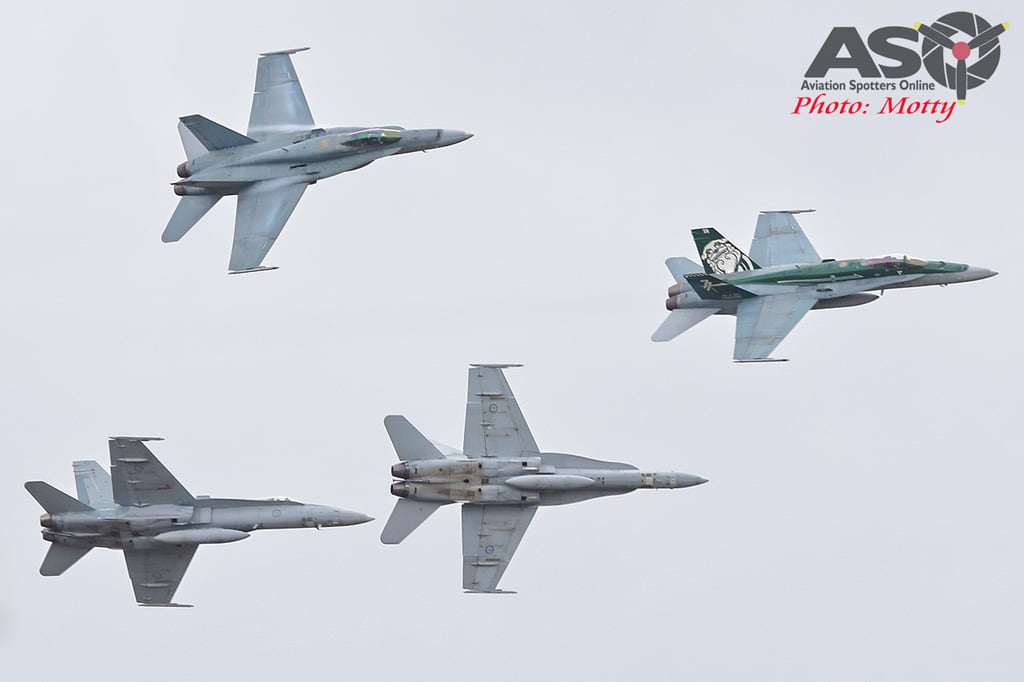
With 2020 being a complete write off for many, if not most aviation events due to the COVID-19 pandemic, I kept an eagle eye on the domestic border situation, as most Australian states this year had introduced hard border closures, meaning any interstate travel was forbidden unless a necessity, and living in Melbourne, we endured a hard lockdown, with any travel away from home restricted to a 5km radius at times, so for some strange reason, the planets aligned, Victoria was COVID free and travel was once again on the cards, and I could start to prepare my travel up north, to farewell the Hornet from Williamtown.
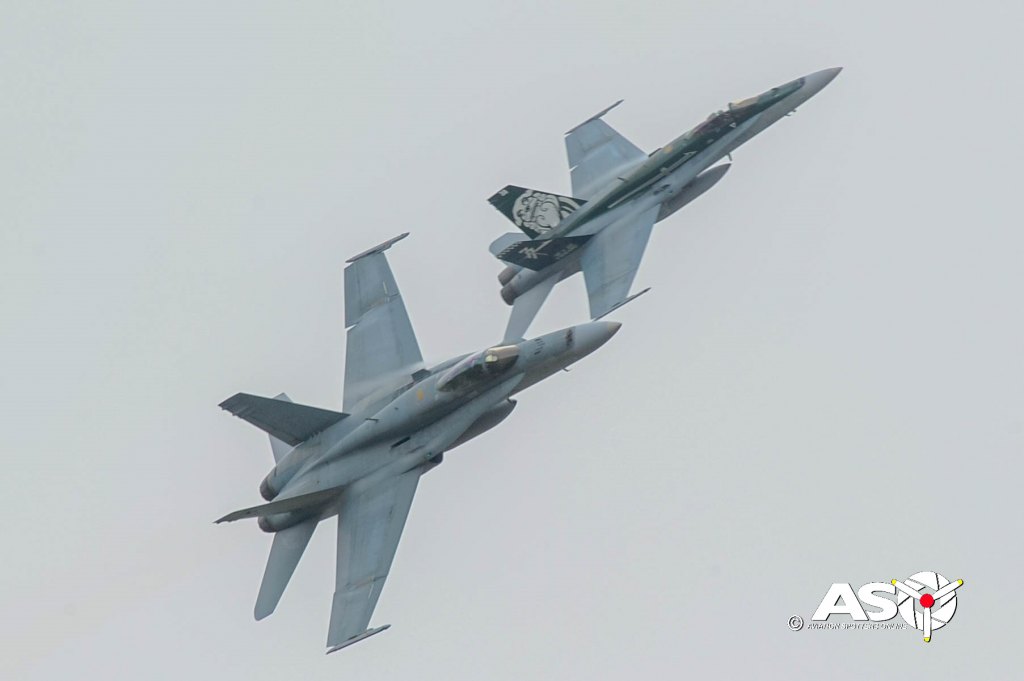
Image courtesy Richard Pourzenic
The decision was made at a late date, as my employment due to unforeseen circumstances, meant having considerable time off this late in the year wasn’t looking good, so with some tweaking and convincing, I managed to secure a night off work to be able to attend the final day at RAAF Base Williamtown. The powers that be at 77 squadron acknowledged the significance of the Hornet’s retirement from squadron service, and planned week-long flyovers and displays around the Newcastle and Hunter Valley region, to thank the community for their support since 77 squadron took on the Hornet, way back in 1987.
After my leave was approved, myself along with my brother Richard, had flights booked and the planning for the trip could commence. We knew from the start that we would miss many of the planned celebrations held during the week, and with the power of social media, could see what happened on a daily basis, and happy that there are many like us, that have the same passion and enthusiasm towards the Hornet and the RAAF, and that shared their imagery and video for all to witness the great effort put on by 77 squadron in delivering a flawless flying display on a daily basis leading up to the finale, that would be Friday, December 11 2020.

Image courtesy Richard Pourzenic
After finishing work early Friday morning, brother Richard rendezvoused at my abode, and before long we where in an Uber on our way to Terminal 4 at Melbourne airport, to catch Jetstar flight JQ474 to Newcastle. Was great to be on a domestic flight once more, although a tad unusual as wearing a face mask on board the flight was out of the ordinary considering the times we live in.
After arrival and bags collected, our designated chauffeur and good friend Mark Jessop arrived and whisked us away to busy Meadowie Road, where we met up with the legend Darren Mottram. The weather forecast for Newcastle and surrounds was a top of 21 degrees celsius, with an 80% chance of rain in the morning and early afternoon. With the onset of rain and heavy overcast, a decision was made to locate to an area near the end of the runway on the southern end of the base.
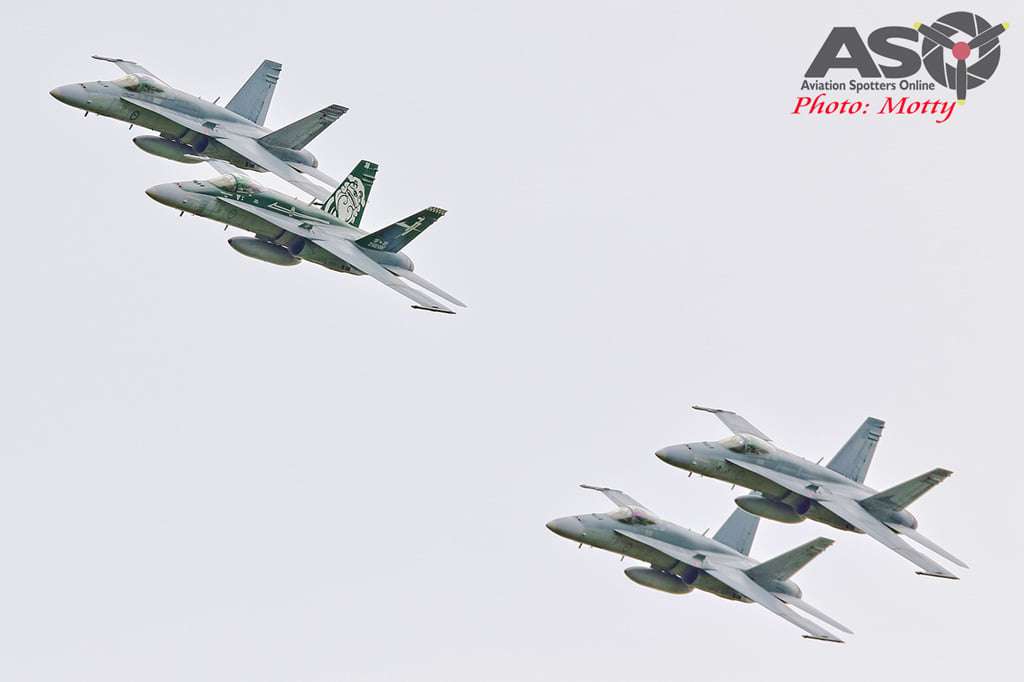
We were in effect shooting into the sun, although obscured by cloud, meant that we could use the clouds to our advantage in a sense. Before long, it started to drizzle, and a RAAF 34 squadron 737 BBJ appeared overhead in the circuit much to our surprise, and not before a departure by an E-7A Wedgetail from resident 2 squadron got the adrenaline pumping. After some discussion and planning, we had set our position and started to get our gear set up, as the scheduled launch time of 10:30 am was fast approaching. Now that my tripod was level and set, a video camera on standby and looking down towards the end of Williamtown’s main runway, the show was about to start. As you’ll see in the vision, the sight through my viewfinder was incredible.
4 x F-35A’s and 8 x F/A-18’s all ready to launch, man it doesn’t get any better. With the F-35’s rolling first, it was a matter of trying to capture each take off without missing the roll of the next launch, then after the Lightnings departed, it was the turn of 77 squadron to go, with the squadrons Commanding Officer Wing Commander Jason ‘Easty’ Easthope leading the charge, in the lead jet, the very colourful A21-39, wearing special commemorative squadron artwork, keeping it low along the runway before exiting in stylish fashion.
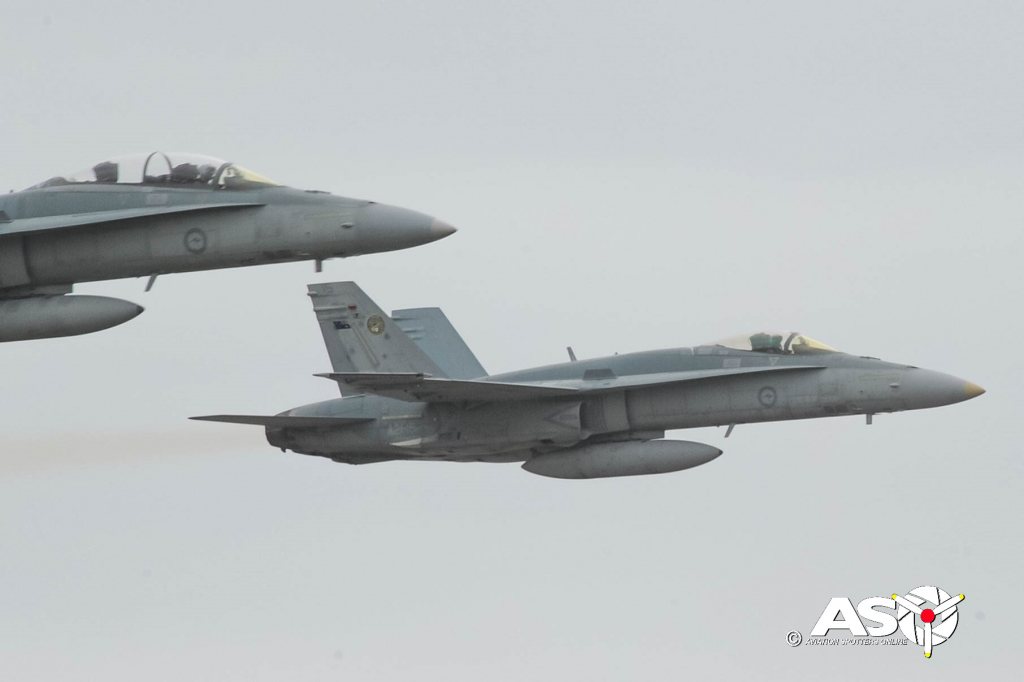
Image courtesy Richard Pourzenic
After the streamed launch of all eight jets, they departed and formed up as an eight ship for their flyover over Newcastle and the Hunter Valley region. All we could do now was wait, as the formation wouldn’t return for some time. Then in the distance we could see the 8 ship approaching, and pointed our cameras towards them. Being overcast and with low light, the conditions weren’t favourable but one had to make do with the conditions at hand.
The 8 ship formation flyovers were majestic and a pleasure to see and hear, before the 8 split into a 4 ship and returning for some formation flyovers, that would have the U.S Navy Blue Angels stand up and take note of the RAAF’s precision flying. Something rarely seen is a pair of Hornets flying individually of each other whilst still holding show centre, before a single ship Hornet entered performing a number of low hard g turns.
After the main show was over, it wasn’t over as it was time to call it a day with each pair coming in low and hot down the runway for their initial and pitch, before landing for the last time as an operational jet with 77 squadron. As the Hornets taxied in, they stopped and greeted the gathered crowd situated at the Fighterworld museum, and acknowledged their presence, as it would be the last time many would fly or see a Hornet at Williamtown again.

Image courtesy Richard Pourzenic
After we watched them taxi off into the distance, we waited patiently for the flight of 4 F-35’s to return, and after some time had passed, decided to pack our gear and make our way to the cafe situated at Fighterworld museum. As always is the case, the F-35’s did return as two pairs, and what a return it was!
Due to the low cloud and moisture in the air, they created a fair bit of their own condensation off their fuselage and wings and made for an incredible sight and sound. Was great to meet up with fellow spotters at the cafe at days end, to swap tales and soak up the atmosphere of a truly historic day of the Royal Australian Air Force.
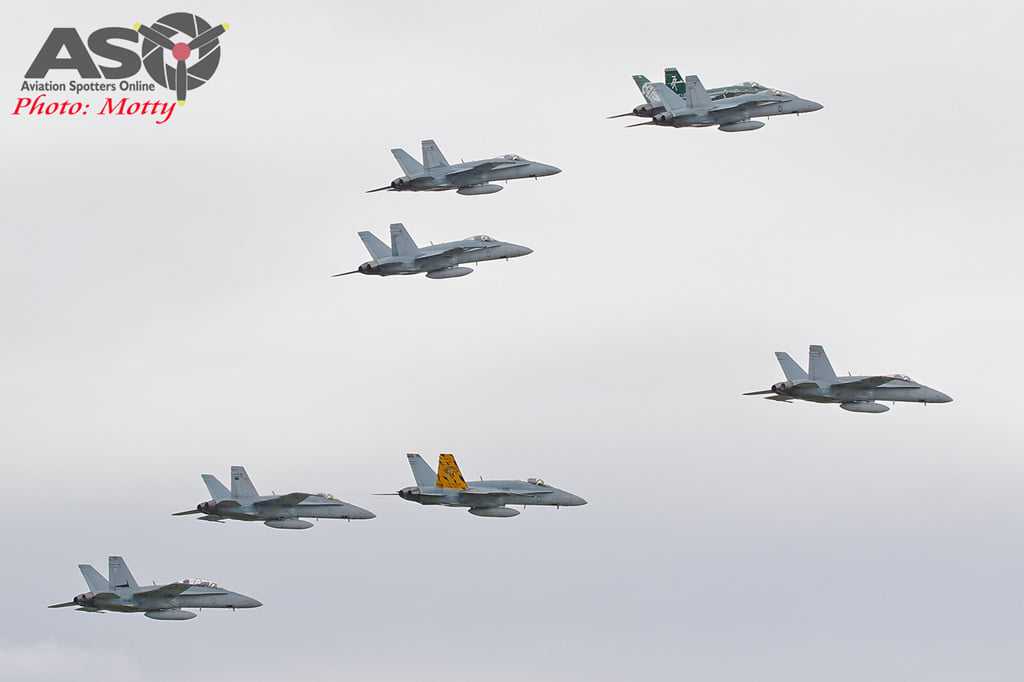
Aviation Spotters Online would like to the thank 77 Squadron and the Royal Australian Air Force for allowing the public to farewell the Hornet from the skies above Newcastle this past week.
Mark Pourzenic



